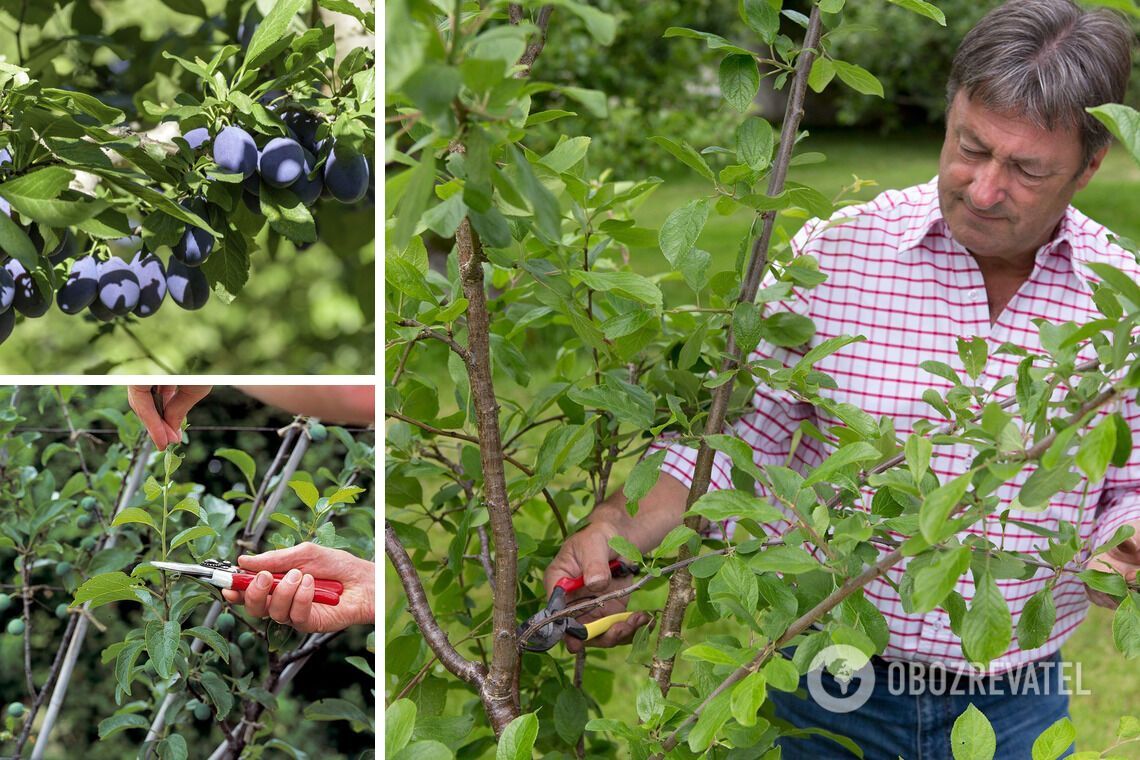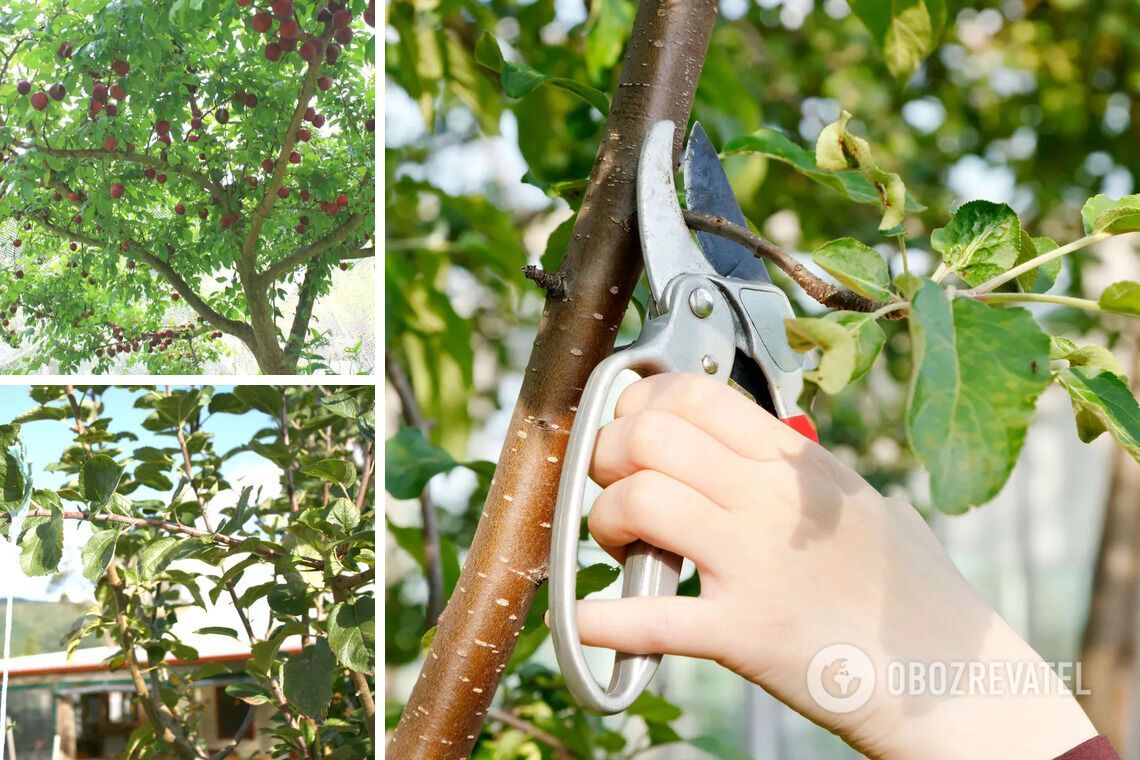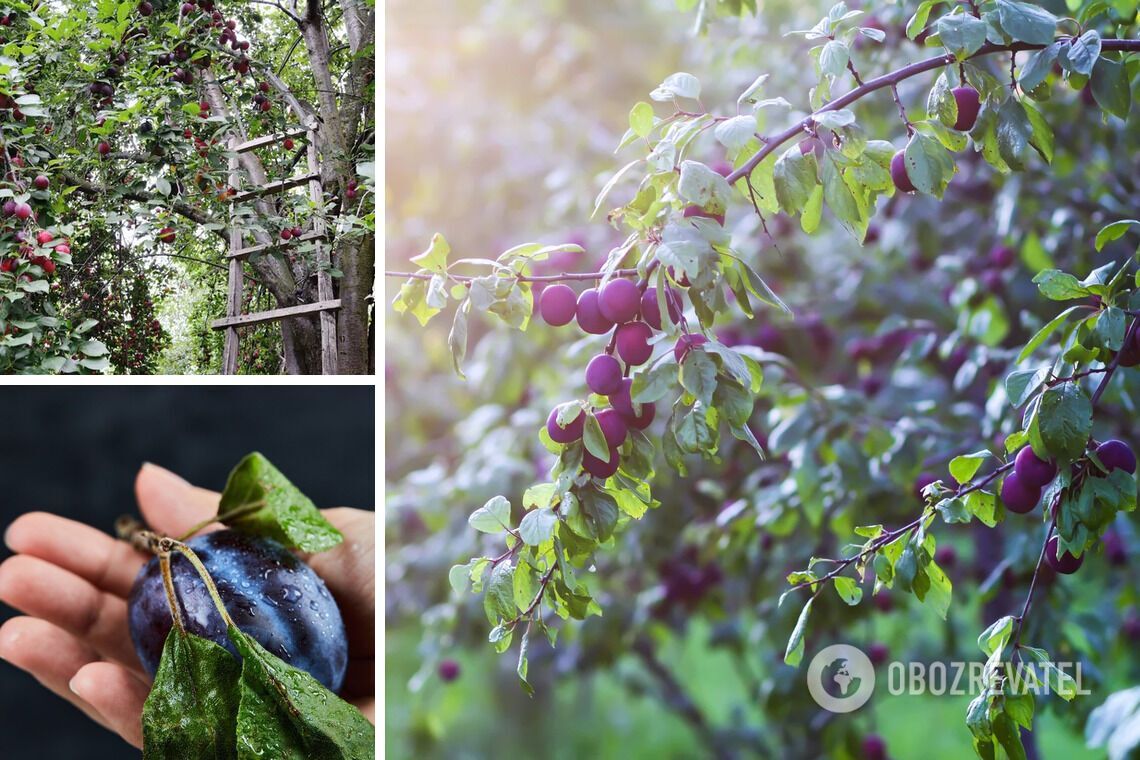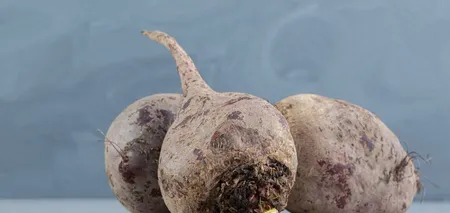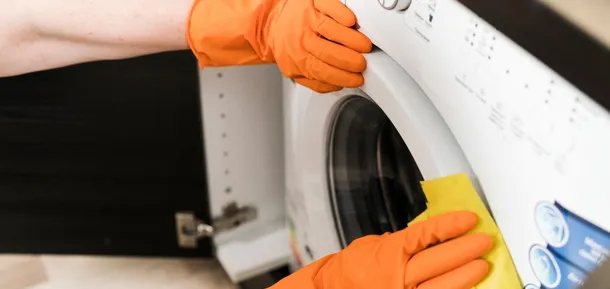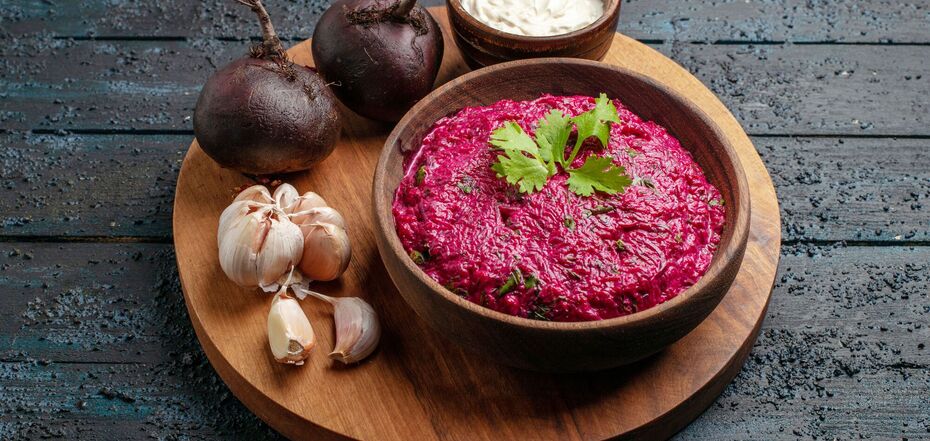News
When to prune a plum tree: tips from experienced summer residents
Proper pruning of plum trees is an important part of care that will ensure not only a good-looking tree, but also a high yield. However, the time to prune a tree depends largely on when its fruit reaches maturity.
It is important to take into account not only the pruning season but also the type of tree, which will help to avoid mistakes in care. Experienced gardeners advise not to neglect this procedure, as it significantly improves the health of the plum tree.
When is the best time to prune a plum tree
The timing of pruning will depend on the variety of plum and the time when its fruits ripen. If the tree bears fruit in early fall, pruning is best done in early spring, before active growth begins. This applies to varieties such as Valor, President, and Common Hungarian. However, if the tree bears fruit earlier, in the middle of summer, pruning should be planned for July-August.
Tips for pruning young trees
If you planted a plum tree in spring, you should prune it immediately after planting. It is best to prune the tree so that the top is 50 cm from the highest branch. Side branches should be shortened to 40 cm to ensure proper crown formation. If the tree was planted in the fall, pruning should be done in the spring of the following year. A young tree should be pruned at a height of 80 cm to stimulate the development of side shoots.
Pruning old trees
Pruning old plum trees requires a special approach. For such trees, the procedure is carried out no earlier than the third or fourth year after planting. Usually, you need to remove old, diseased or damaged branches, as well as shoots growing inside the crown. It is important not to forget about pruning vertical shoots – the so-called "wolves." These shoots do not bear fruit and take energy from the tree.
How to shape the crown of a plum tree
To ensure the correct shape of the plum crown, it is worth removing the "wolfs" in the summer, until mid-July. This allows the tree to grow more properly – the crown will be narrow at the top and wide at the bottom. Such pruning contributes to better access of light to each branch, which, in turn, will ensure better fruiting. Pruning should be done with secateurs or manually.
Pruning after harvesting
Pruning plums after harvest has its own characteristics. It can reduce the growth rate of the tree, so this procedure should be performed after the fruits are harvested. However, early spring pruning, on the contrary, stimulates the growth and development of the tree, which contributes to good fruiting in the next season.
Rejuvenating pruning
Sometimes it is necessary to perform rejuvenation pruning of old trees. This allows the tree to recover and stimulates the growth of new shoots. During rejuvenation, four-year-old and older shoots should be cut off, which will help the tree to activate fruiting processes. Make sure that the cut leaves a bud or side branch on the branch.
Plum pruning is best done on clear, dry, and calm days. Be careful when making cuts so as not to damage the tree. Do not forget to treat the wounds with a special garden ointment with fungicide after pruning to avoid infection. This is especially important for old trees that need special care.
Subscribe to the OBOZ.UA channels in Telegram and Viber to keep up with the latest events.







